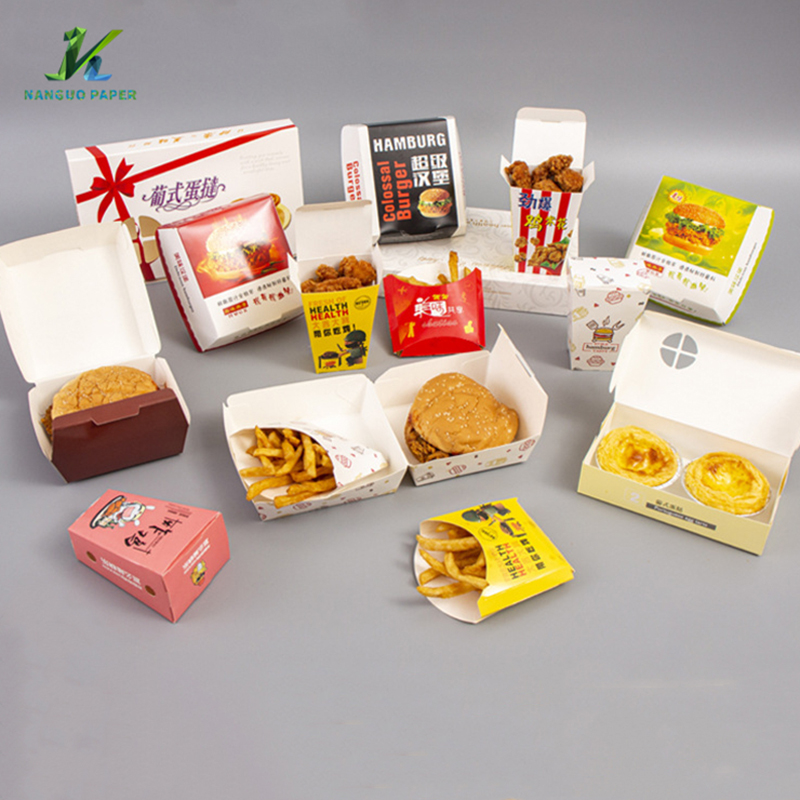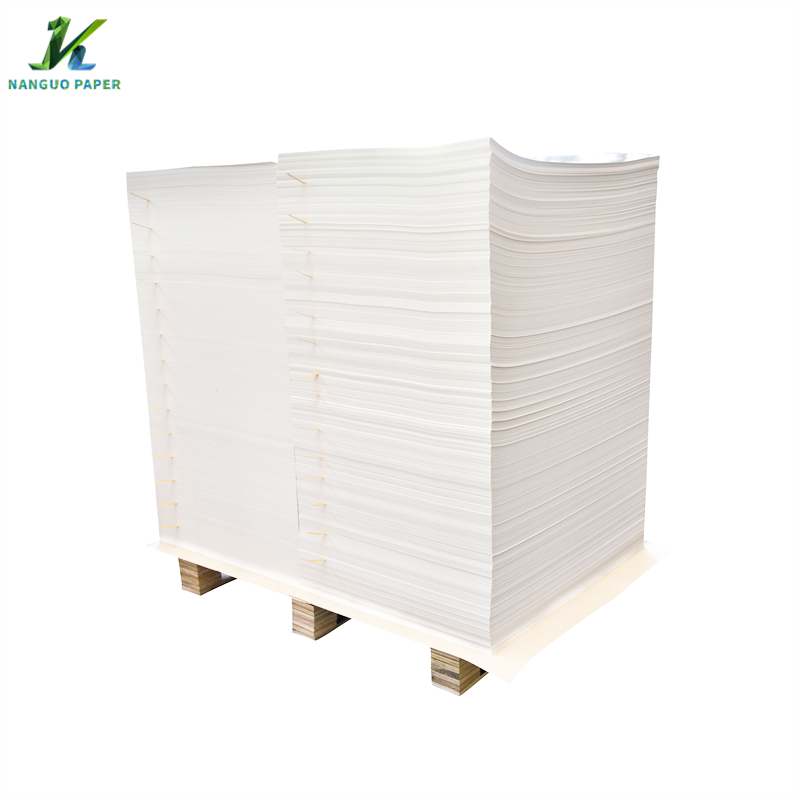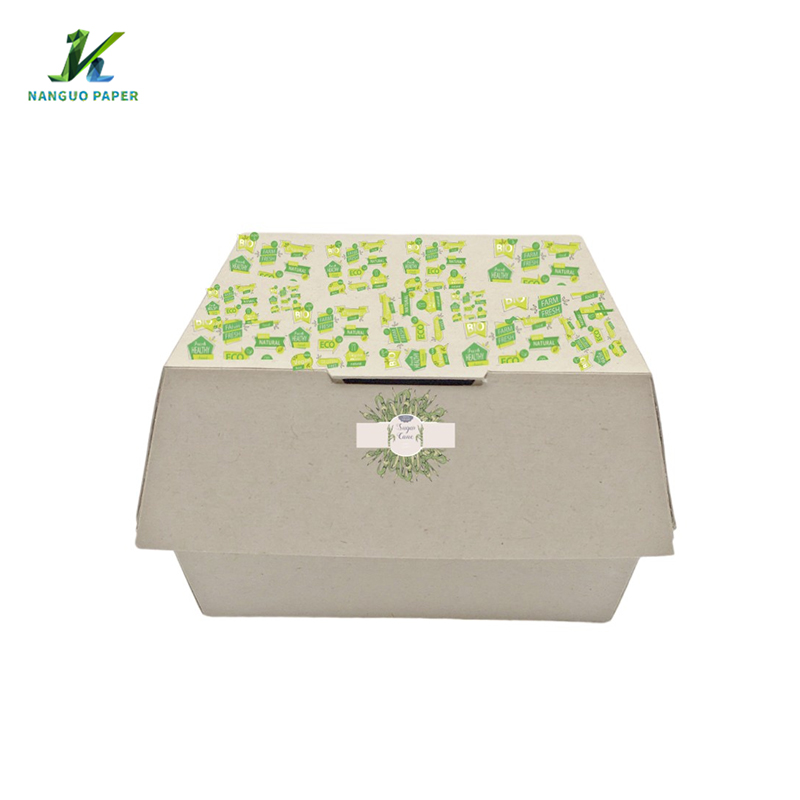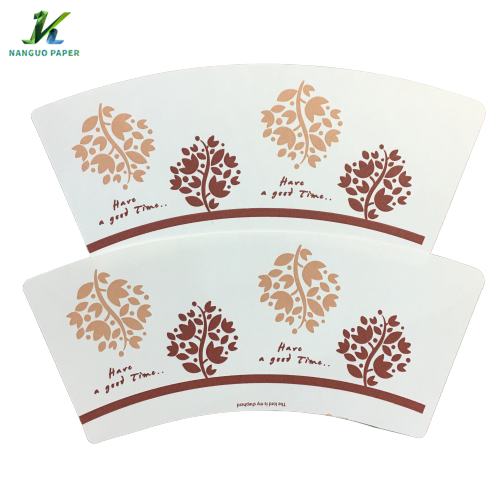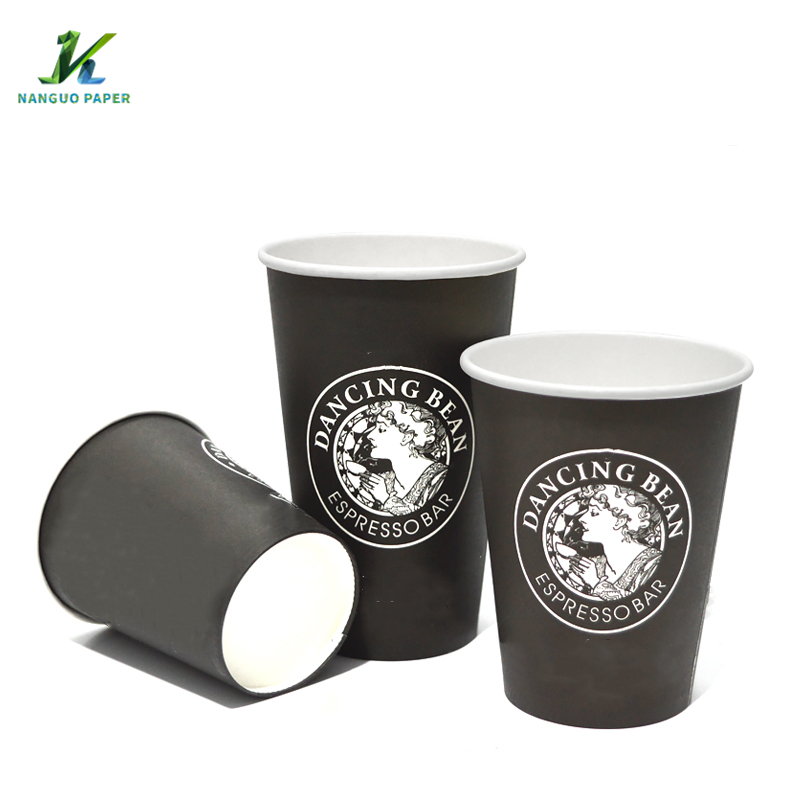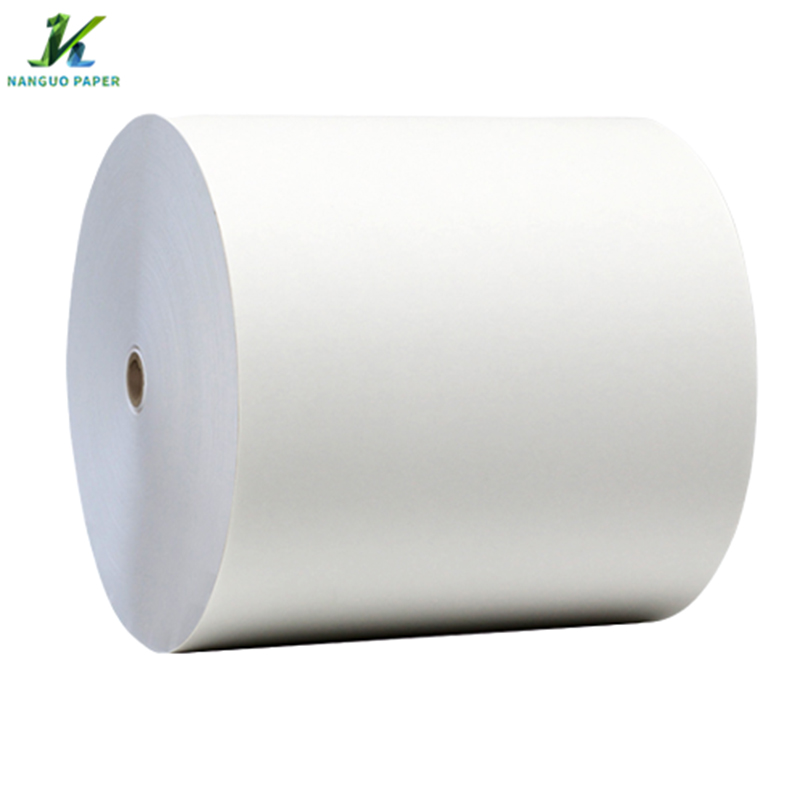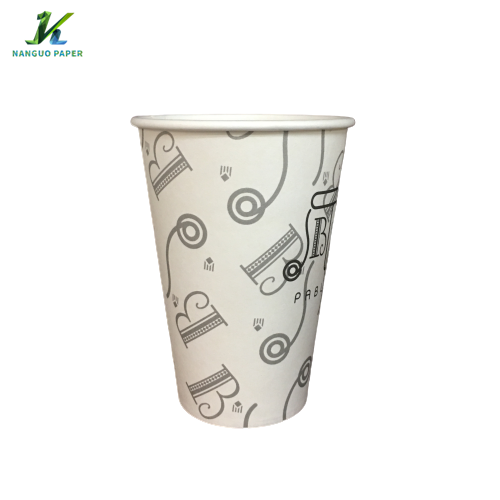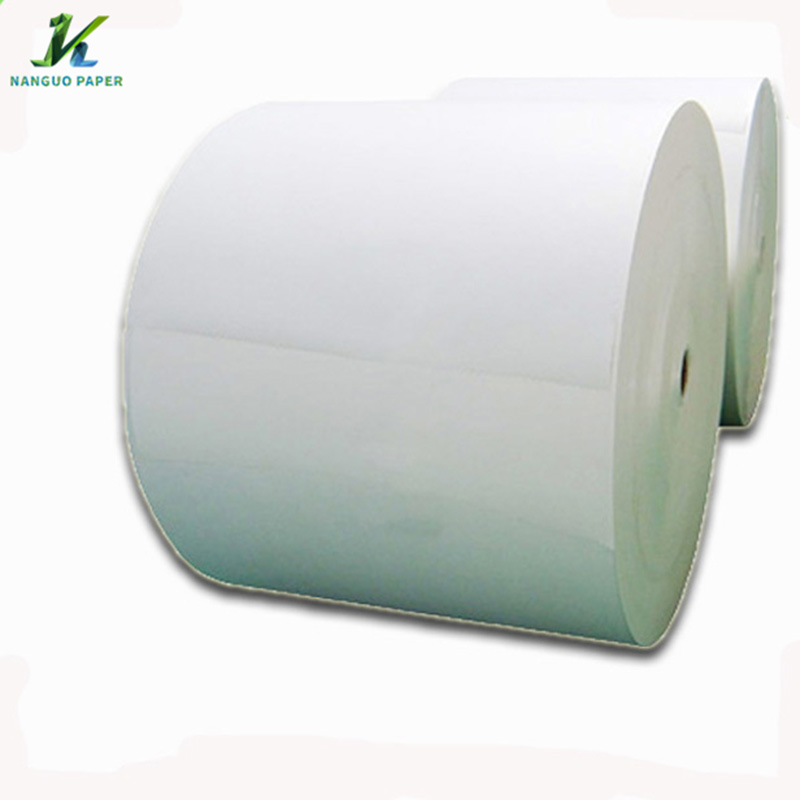Biodegradable Cookie Packaging - Manufacturers, Factory, Suppliers from China
Compared to wood pulp paper, cane pulp paper consumes relatively little energy and water. The production process of sugarcane pulp paper is simpler and consumes less energy, resulting in significant savings in energy resources. At the same time, sugarcane pulp and paper consumes less water in the paper production process, reducing pressure on water resources. Biodegradable Cookie Packaging, Burger Packaging Boxes , Eco-Friendly Packaging Materials Supplies , Sustainable Custom Printed Packaging Burger Boxes ,Environmentally Conscious Packaging . Paper bags are made of diverse materials, each with its own unique features and advantages. White cardboard is one of the commonly used materials, its texture is firm and thick, with high stiffness and breakage resistance, while its smoothness is also first-class. This makes paper bags made of white cardboard able to withstand heavier items, not easy to break, and comfortable to the touch. Copperplate paper, on the other hand, is favored for its very glossy and flat paper surface, high whiteness and good gloss. Graphics and images printed on coated paper have a three-dimensional feel, giving people an elegant visual enjoyment. However, it should be noted that coated paper is not as hard as white cardboard, so it is relatively weak in terms of load bearing. The product will supply to all over the world, such as Europe, America, Australia,Senegal, Rio de Janeiro,Provence, Bandung.Nanguo Paper has recently launched a new copy paper which is no longer made from traditional wood pulp but from bagasse. Not only does this innovative copy paper have a natural color and appearance, it is also completely bleach-free, in line with the requirements of sustainable development. Traditional copy paper usually uses wood pulp as the main raw material, which means that large numbers of trees need to be cut down and chemical bleach is used to increase the whiteness of the paper. However, this method of production causes serious ecological damage. Not only does the felling of trees lead to the reduction of forests, but it also produces a large amount of industrial waste and pollutants, which have a negative impact on the environment. Southland Paper's copy paper made from bagasse changes the traditional production method and brings many benefits. First of all, bagasse is the leftover part of sugarcane after it has been refined and no longer uses limited natural resources. This means there is no need to cut down trees, reducing damage to the forest ecosystem. Secondly, this copy paper is bleach-free and retains the natural color and texture of bagasse, giving it a natural texture. This not only helps protect the environment, but also gives users a distinctive paper texture when using it. In addition to its positive impact on the environment, copy paper made from bagasse has other advantages. Bagasse has a finer fiber structure, so the paper made from it has a higher density and toughness, making it more durable. In addition, because it is bleach-free, this copy paper avoids the health risks that may be associated with bleach residue in the paper. The launch of this copy paper made from bagasse by Southland Paper not only provides users with a high-quality paper option, but also makes a positive contribution to sustainable development. By using environmentally friendly raw materials and bleach-free production methods, this copy paper reduces dependence on natural resources, minimizes damage to the ecological environment, and realizes the recycling of resources. It is believed that as more users and enterprises focus on environmental protection and sustainable development, this innovative copy paper will be more widely used.
Related Products



